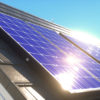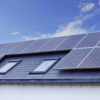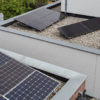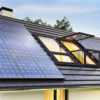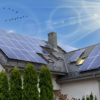Solar power systems are more than the sum of their parts. Even if you do purchase the best branded panels and associated components, there really is no guarantee your system will work as advertised.
Why so?
Because, it’s not the panels that provide you with power, rather it’s the solar power system. Even the best solar components can underperform or even fail if connected wrongly. This is precisely why proper wiring is so critical in solar power.
In fact, less-than-stellar solar installers often cut corners on both the wires and solar panel wiring whenever they can. The problem of poor quality solar installation is so grave, that there’s a Facebook group dedicated to it!
Here’s the lowdown on wiring and why it’s so crucial in a solar power project.
The Basics of Solar Wiring
Solar wiring refers to connecting all the solar panels in a solar array with wires to create an electric circuit. The wire runs into an inverter where the DC electricity is converted into usable AC power. This is also known as stringing and each series of panels connected in one line is called a string.
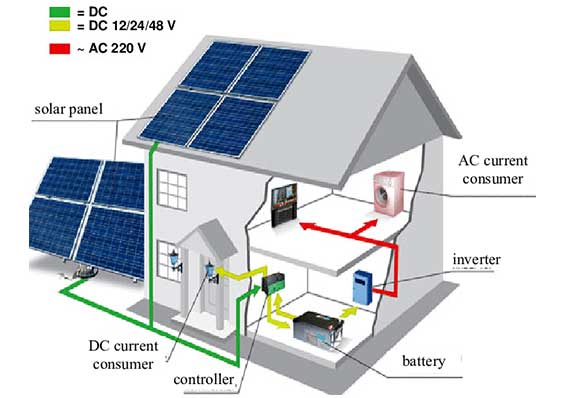
Solar wiring requires special wires and cables that are weather, heat and UV resistant. Different types of wires/cables are used at different places in a PV array to facilitate overall system performance. Certain wire types and gauges may also be required by state laws, which installers will need to keep in perspective.
Solar Wires and Cables
While the words cables and wires are often used interchangeably, they are quite different. Solar wire consists of a single conductor while a solar cable is essentially a bundle of solar wires packed together inside an insulator.
Both wires and cables are offered in standardized sizes called a gauge. Two standards of measuring wire gauges are used – AWG (American Wire Gauge) and B&S (Brown and Sharps). Both are however, quite similar. So, a 6 gauge AWG is similar to a 6 gauge B&S.
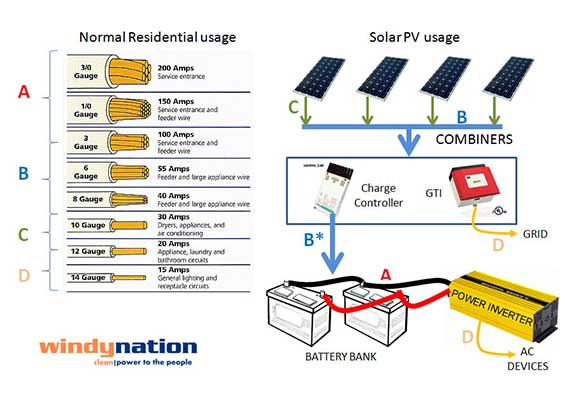
Solar Wires: A solar wire is used to connect the panels, charge controller, inverter and batteries. Solar wires are either made of aluminium or copper and can be a single, solid metal wire or stranded wires that consist of multiple wires twisted together.
While solid wires are cheaper and can carry more current for their diameter, they are also only offered in smaller gauges.
Stranded wires on the other hand, are more flexible, making them easier to route and vibration tolerant. They do need a bigger gauge to carry the same current as a solid wire would, though.
Solar Cables: Cables are used for more heavy duty loads. Cables consist of wires of smaller gauges wrapped in a jacket. Three types of cables are used in a solar power project:
Module cables/String cables: Used within the panels for connecting different PV modules. Each panel comes with its own string cables.
DC panel cables: A DC cable is used for connecting the positive and negative nodes from a panel to the inverter. Since these cables are used outdoors, the negative and positive cables are laid separately to ensure earth-fault.
AC connecting cables: These cables connect the inverter or solar meter with the grid. The number of cables here is determined by the number of phases that go into the house.
The Trouble with Solar Cables and Wire Installation
There really are no specific industry standards on how wires need to go in a solar power system. In fact, the only standard that even applies to wiring is NEC 110.12 which states that – “electrical equipment shall be installed in a neat and workmanlike manner”, which is rather vague and leaves a lot of room for interpretation.
Simply put, an installer cannot be held accountable for poor wiring. And all too often, you can find a solar installation that looks like this:
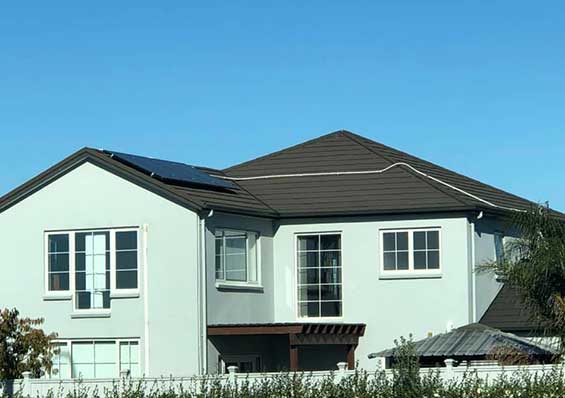
All installers do need to abide by some basic rules though. For instance, the gauge and length of the wire or cable depends on two factors – the size of the solar power system, and the distance between the system and where the electricity is needed.
Larger PV power plants generate more electricity and therefore require larger gauge wires/cables. Likewise, the longer the distance between the panel and the loads it serves, the more “meat” a cable will need to carry the electricity. This is because no wire is perfectly efficient and the installer needs to account for power loss over distance.
Don’t Let Poor Wiring Spoil Your Solar Dream
Since wiring quality is subjective, it is vital that you only let CEC accredited installers with a history of proper installation bid on your project. A good installer will consider appropriate wire/cable gauges for your project, design the system such that minimal wiring is required and use updated wire management techniques to ensure all wires are secured using wire clips.
Finding the best solar installer for each project is exactly what bidmysolar™ is all about! We ensure that each project is matched with an installer who has experience in solving problems specific to it. Not only do our customers save an average of $3,100, but they also get a solar power system that serves them uninterrupted for its advertised life and more.
Interested in finding out more? Feel free to check out how we work or contact us if you have any questions.

